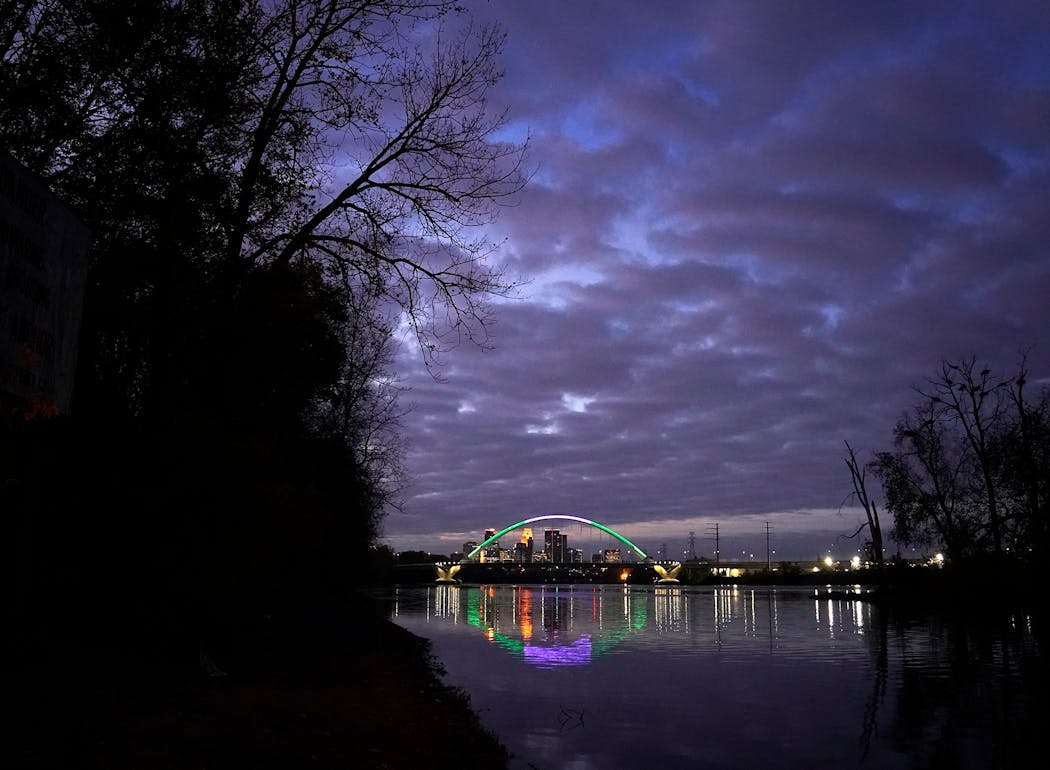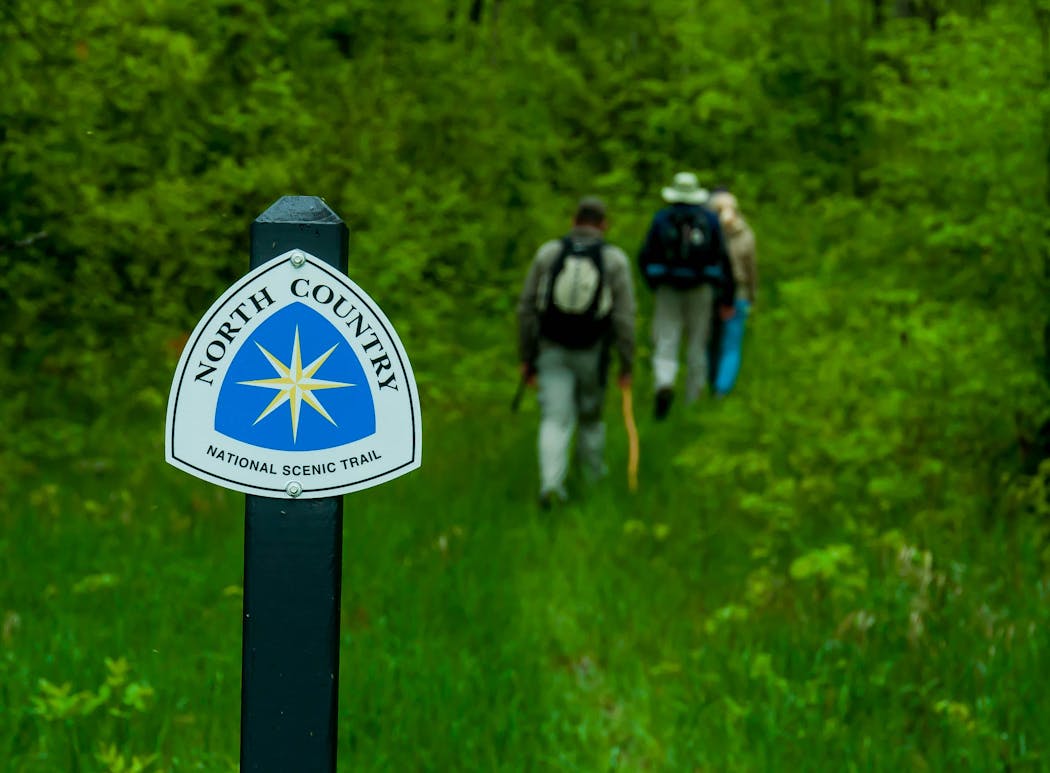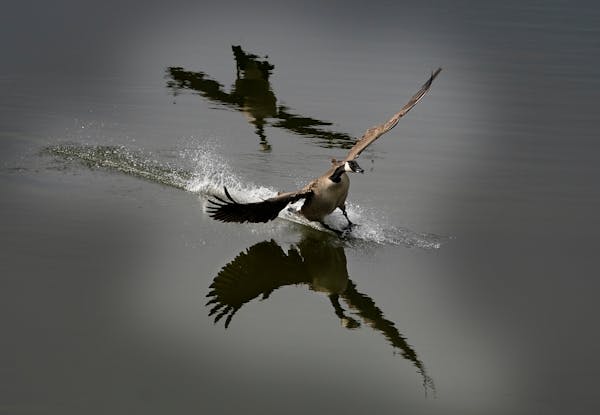Commemorative weeks come, pass and dissipate like an April mist.
But one beginning Saturday can linger in the mind: National Park Week.
Popular parks and their scenic grandeur get a lot of attention and visits, but the National Park Service (NPS) manages more than 420 places across the United States. They include parks but also recreation areas, lakeshores, monuments, historic sites, scenic trails and more that are no less relevant than Yosemite Valley, the Grand Canyon or the Great Smoky Mountains.
Voyageurs National Park in border lake country is Minnesota's national park, and its superintendent Bob DeGross sees the next week as one of exploration and discovery "in places that tell the story of the U.S.'s natural and cultural heritage," he said.
By numbers, here is a snapshot of Minnesota's national park units:
Voyageurs National Park
40%
The amount of the 218,000-acre national park that is covered by water.
- Well-timed for National Park Week is an upgraded means to tour the park. Reservations opened this week for the new vessel Ne-zho-dain, which will operate on the Namakan Basin. The new boat can carry 32 passengers — the previous tour boat only could accommodate 16 — and will take visitors from the Kabetogama Lake Visitor Center to various destination sites within the park, including Kettle Falls. DeGross said in an e-mail the Ne-zho-dain is an essential resource for visitors, with a lot of the land-based recreation reachable by navigating the park's large lakes. "This boat has a variety of amenities that make it ideal for touring the park," he said. The tour boat is named for Chief Ne-zho-dain of the Bois Forte Band of Ojibwe, who lived in Kabetogama. His name means "twin" or "two hearts." Voyageurs had 243,042 visitors in 2021. (nps.gov/voya)
Grand Portage National Monument
8.5
Miles in the length of Grand Portage Trail, or Gitchi Onigaming ("Great Carrying Place") in the Ojibwe language.
- The path is central to the story of Grand Portage National Monument in Minnesota's far northeast on Lake Superior. The trail was a key transportation route beginning thousands of years ago and later a commercial route to the interior of lake country, used by Native people and French Canadian voyageurs to follow, many of whom hauled furs and goods back to Grand Portage from winter posts in the Canadian wilderness. Rendezvous Days is an annual summer celebration, owing to the area's cultural significance. It's Aug. 12-14. (nps.gov/grpo)
Mississippi National River and Recreation Area
72
Miles of "river park" make up the special national area, spanning from Dayton, bisecting the Twin Cities and flowing on south to Hastings.
- The NPS owns only 67 of the recreation area's 54,000 acres and manages the territory with state and local agencies and others connected to the section of the river through parks and public land sites. The Park Service will host a special event Saturday, Bark Ranger Day, at Coldwater Spring in Minneapolis. Owners and their dogs will be led by NPS staff on a walking tour, to learn about the site's historic function and what it means for dog owners to be good stewards. Details at nps.gov/miss. Search the calendar. (nps.gov/miss)
North Country National Scenic Trail
8
States touched by the 4,800-mile footpath, established by Congress in 1980.
- The North Country National Scenic Trail, or NCT, spans from North Dakota to Vermont, and in Minnesota shares routes with the Superior Hiking Trail while it courses through central Minnesota toward border country. The NCT's association has a wealth of information about advocacy, trail-work volunteer opportunities, and maps for hitting the dirt, like its Hike 100 Challenge this year. (northcountrytrail.org, nps.gov/noco)
Pipestone National Monument
301
Acres that make up Pipestone National Monument.
- Tallgrass prairie surrounds pipestone quarries. Under special permit, Native people still visit the quarries to extract the fine-grained, reddish-brown claystone that their Dakota, Lakota and other ancestors have used for ceremonial pipes for centuries. Only hand tools are allowed. More than 82,000 people visited the monument in 2021. It is free to enter. (nps.gov/pipe)
St. Croix National Scenic Riverway
1968
The year Congress included the St. Croix and Namekagon rivers among the initial eight U.S. waterways protected by the National Wild and Scenic Rivers Act.
- The Namekagon is the northern tributary to the 230-mile St. Croix National Scenic Riverway coursing from northwestern Wisconsin down to Stillwater. (The lower St. Croix is part of the National Wild and Scenic Rivers System.) According to the NPS, the riverway travels 12 counties and 25 towns and cities. Charitable partner and advocate Wild Rivers Conservancy will host Wild Rivers Fest on May 22 at Franconia Sculpture Park to celebrate the river. Ticket and event details are online. (nps.gov/sacn, wildriversconservancy.org)
Nuggets forward Michael Porter Jr. heads into playoffs against Lakers after trying week for family
Jameson Taillon comes off the injured list and pitches Cubs to 8-3 win, dropping Marlins to 4-16

Timberwolves defense would benefit from a better offense
Video goes viral of man enduring 'shocking' chain whipping on downtown St. Paul street








